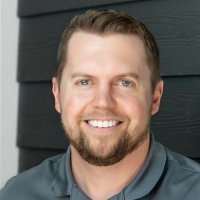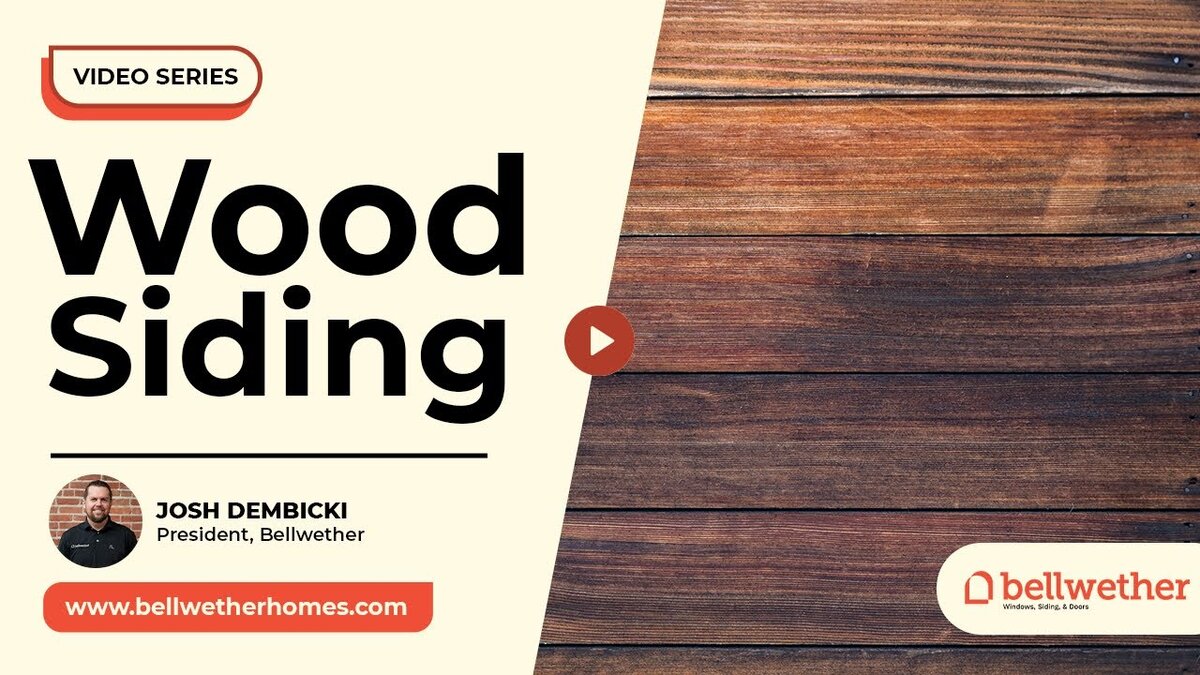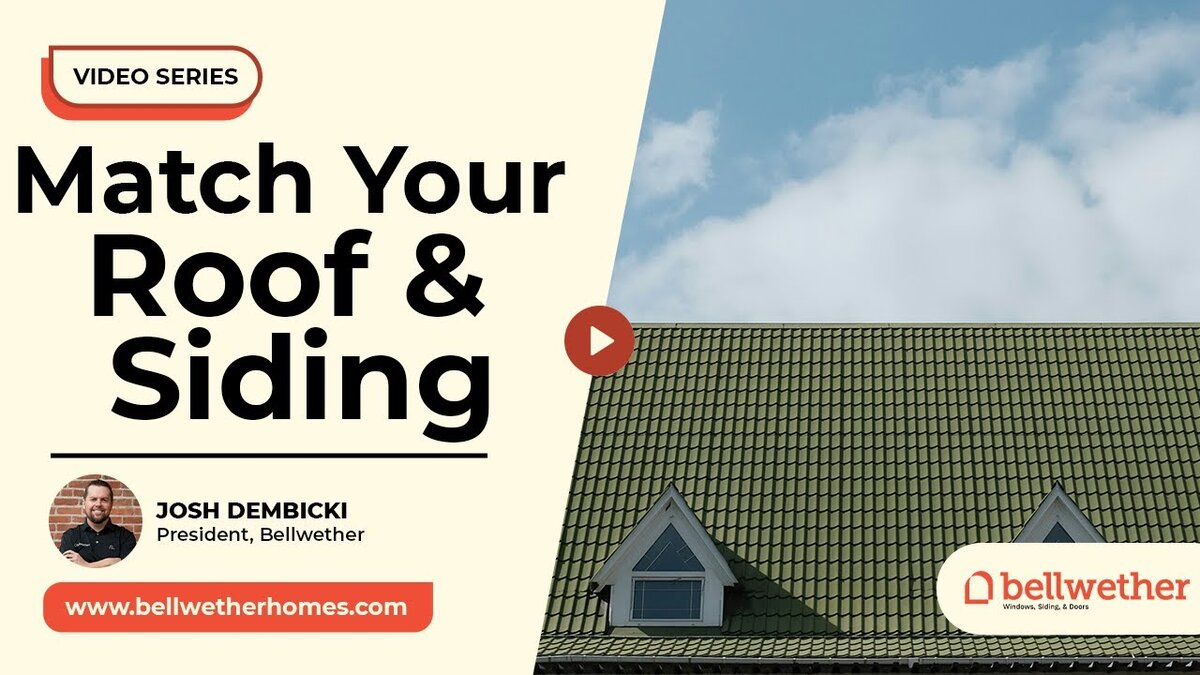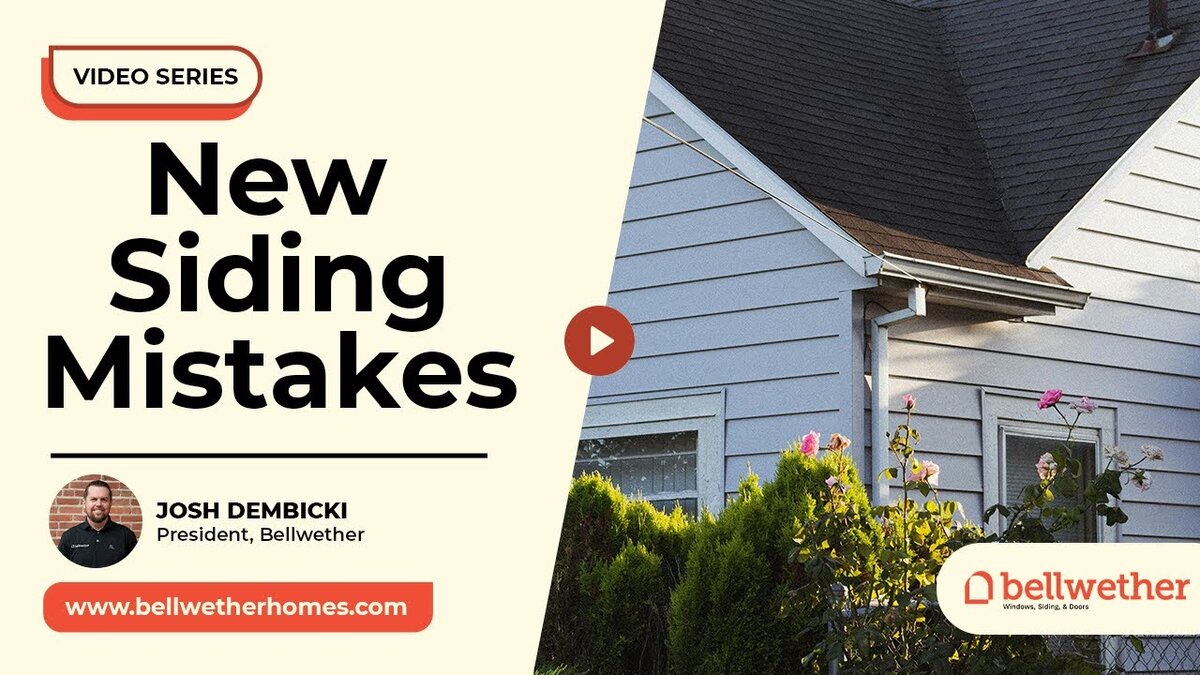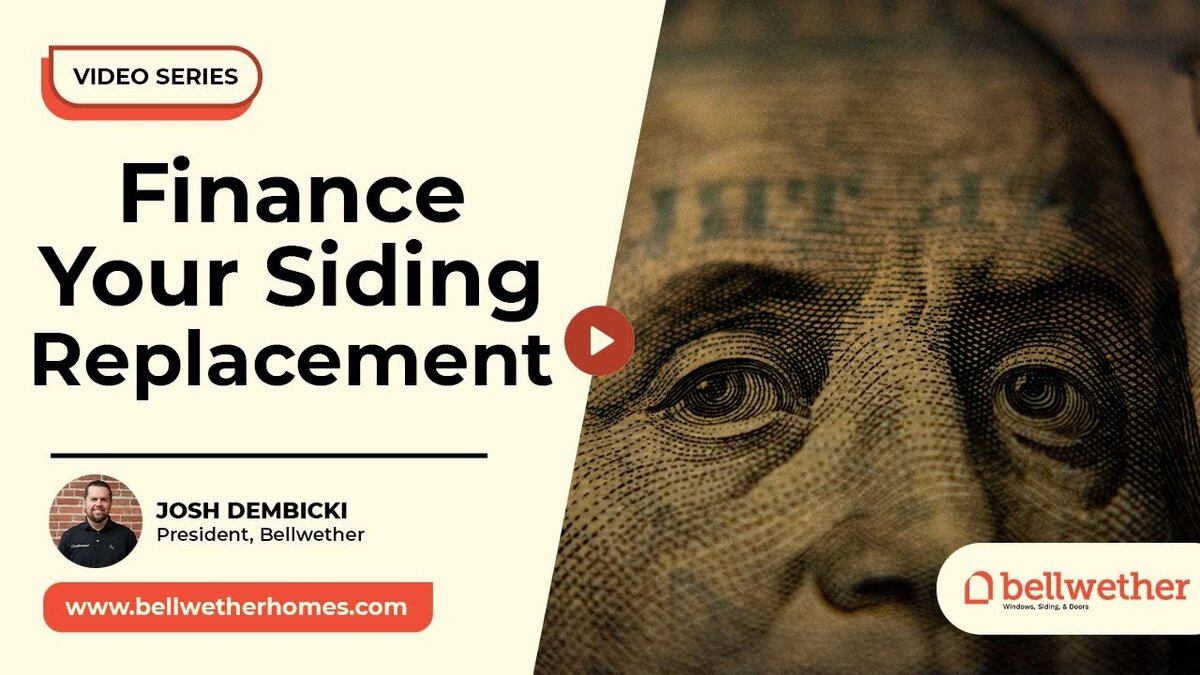When choosing siding for your home, affordability and durability are two of the most important factors to consider. You want a material that fits your budget while also protecting your home for years to come. Many homeowners look for cost-effective options but end up spending more in the long run due to maintenance and repairs. In this guide, we’ll compare siding materials to help you determine the best choice for long-term savings and durability.
James Hardie ColorPlus Siding: An Overview
One of the best siding options that balances affordability and durability is James Hardie ColorPlus siding. This fiber cement siding is known for its factory-applied, baked-on finish, which provides a consistent and long-lasting color. Unlike traditional siding materials that require painting after installation, James Hardie ColorPlus siding comes pre-finished, reducing both initial and long-term costs.
Key Benefits of James Hardie ColorPlus Siding
- Cost Savings on Painting: Since the color is baked on, you don’t need to pay for painting upfront or frequent repainting over time.
- Long-Lasting Finish: The siding comes with a 15-year finish warranty, ensuring that the color remains vibrant and intact.
- Durability in Harsh Weather: Whether you experience cold, wet winters or hot, dry summers, James Hardie fiber cement siding is designed to withstand extreme climates.
- Low Maintenance: Unlike wood siding, which requires frequent painting and sealing, James Hardie siding maintains its appearance with minimal upkeep.
Comparison with Engineered Wood Siding
Some homeowners consider engineered wood siding as a more affordable alternative to fiber cement siding. At first glance, engineered wood may seem like the budget-friendly choice. However, when you factor in the costs of painting and maintenance, it often turns out to be more expensive over time.
Cost Breakdown: James Hardie vs. Engineered Wood
- Engineered Wood Siding Cost: While engineered wood may cost less initially, it requires painting either before or shortly after installation.
- Painting Costs: The cost of professionally painting engineered wood siding can be significant, and the paint finish typically lasts only 8 to 10 years before requiring another coat.
- James Hardie ColorPlus Savings: With its pre-finished coating, James Hardie siding eliminates the need for painting, saving homeowners both time and money in the long run.
In many cases, after adding up installation and painting costs, engineered wood can end up being more expensive than James Hardie siding, even though it starts at a lower price point.
Durability of James Hardie Siding
Durability is just as crucial as affordability. A siding material that requires frequent repairs or replacement will cost you more over time. James Hardie fiber cement siding is specifically designed to outperform other materials in various climates.
Why James Hardie is More Durable Than Engineered Wood
- Climate-Specific Engineering: James Hardie siding is made to withstand both extreme heat and cold, making it ideal for regions with diverse weather conditions.
- Superior Coating: Unlike engineered wood products that rely on field-applied paint, James Hardie siding has a factory-baked finish that is more resistant to fading, peeling, and cracking.
- Moisture and Rot Resistance: Wood-based siding can absorb moisture, leading to warping and rotting, while James Hardie’s fiber cement composition remains stable.
- Impact Resistance: Fiber cement siding is more resistant to damage from hail, debris, and pests, reducing the need for frequent repairs.
Comparison of Coatings: James Hardie vs. Engineered Wood
Another important consideration is how the finish on your siding holds up over time. A high-quality coating can protect against weather damage, UV exposure, and everyday wear and tear.
- James Hardie ColorPlus Technology: The baked-on finish ensures that the color stays vibrant for years, reducing maintenance and repainting needs.
- Engineered Wood Paint Coatings: Many engineered wood products use a field-applied paint that may look great initially but fades and deteriorates faster than factory-finished coatings.
While engineered wood isn’t a bad option, it simply does not match the longevity and low maintenance of James Hardie’s pre-finished fiber cement siding.
Why We Recommend Hardie Siding Over Engineered Wood
Some homeowners are drawn to engineered wood siding because of its initial lower cost and natural wood appearance. However, the long-term costs associated with painting, maintenance, and potential repairs often outweigh the savings. When you consider that James Hardie ColorPlus siding lasts longer, requires less upkeep, and comes with a 15-year finish warranty, it becomes clear that it is the better investment.
In Summary
If you’re looking for the best siding materials that are affordable but still durable, James Hardie ColorPlus fiber cement siding stands out as the top choice. It offers a long-lasting finish, exceptional durability, and cost savings over time compared to other materials like engineered wood siding.
For expert installation and to learn more about how James Hardie siding can enhance your home, contact us at Bellwether today. Our team is here to help you make the best decision for your home’s exterior.


